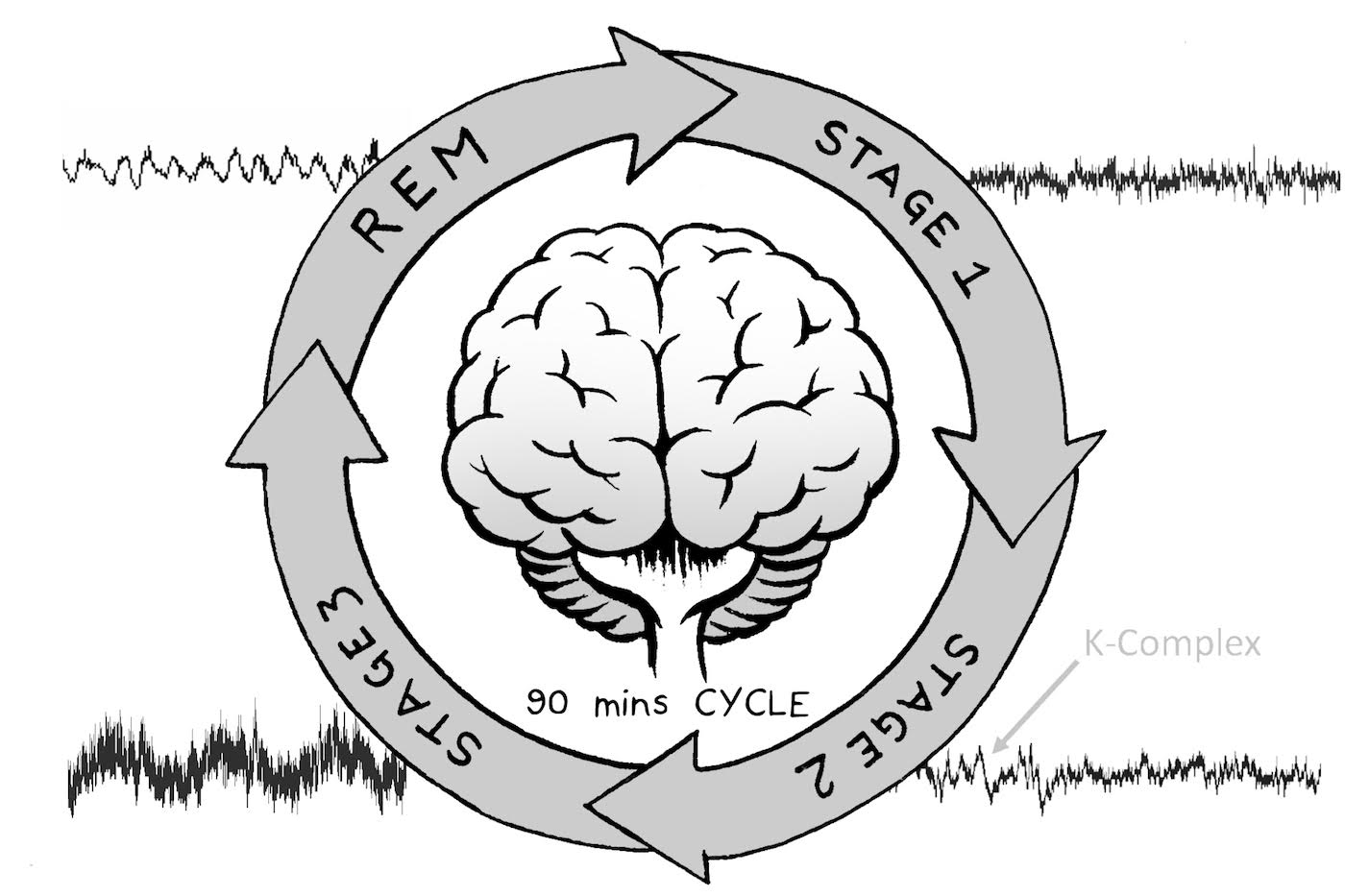A team from UCLA has found that the rationale behind the need of sleep changes at the age of around two and a half years. Prior to the age of 2.5 years, human brain grows quite fast. The team has found out that the need for sleep changes from the brain development to repair and maintenance at the age two and half years. All types of animals including birds, mammals and others undergo some amount of damage and distortion in the brain, throughout the day; be it in the form of cellular and biochemical waste, genes which are damaged, accumulation of proteins in the spaces between neurons and Glial cells, piling up of dead cells, intra-neuronal proteins, amino acids and others. Sleep gives the time to the brain to clean up all the mess. All the in-house back-end cleaning up, repair and maintenance of the brain occurs during the sleep.
Importance of the study lies in the fact that switch in the need of the sleep for brain from development to repair occurs at a much young age.
Specific parts of the brain regulate the sleep cycle. Brian stem, hypothalamus, pineal gland, thalamus, basal forebrain are known to be involved in sleep associated processes. Suprachiasmatic nucleas in brain is known to control the sleep cycle and the circadian rhythm as a whole. Interneurons in the Substantia nigra are known to be associated with the sleep-awake cycles. In its stages, sleep is made up of two parts- the non REM sleep and the REM sleep. The second part which is the Rapid eye movement sleep forms the core and the most crucial part of sleep. In humans, the non-REM sleep forms the early part of sleep when the brain and body gradually relax and prepare for a deep sleep. Also known as Quiescent sleep, non-REM sleep is characterized by slow eye movements. During the early non REM sleep period, the brain wave pattern changes from the ‘awake alpha state’ to the theta state. The second stage of non-REM sleep prepares the brain for the jump into REM sleep. Its prominent electroencephalography signatures show sleep spindles, high frequency activity from specific brain regions (thalamic reticular nucleus). In the last stage of the non-REM sleep the brain wave patterns gradually change to delta waves which are associated with deep sleep. After the non REM stage the REM sleep stage arrives which is symbolized by rapid eye movements, lower tone of body muscles. The REM sleep state is characterized by PGO brain waves which has integral roles in the movements of eye in this sleep state. This study shows the importance of this REM sleep state in terms of repair in the brain and the regulation of its duration with increasing age in animals.
In the statistical study which included sixty sleep studies from humans and different animals, data was examined from various parameters like the REM sleep time, total time of sleep, body size, brain size, the build-up of the body and others to arrive at conclusions. It pointed out that in REM sleep state brain repairs itself and clean majority of junk formed throughout the day.
There is a remarkable stability and evenness in the data across all species. The main point of observation was that the time of REM sleep declined for all species as they cross the human equivalent of two and half years of age. The infants or the newborns spend about half of their sleep time in REM mode. The REM sleep time gradually decreases to 25% by the age of 10 years.
This study showed the importance of REM sleep in the development of brain especially in the formative early years of development and similarities in the switch period in brain development across animals.





